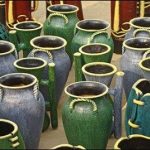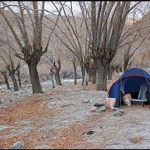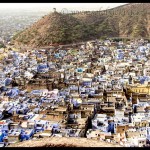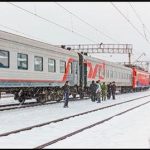Surajkund Fair, held annually at Surajkund Mela Ground, Haryana, is a perfect place to find the finest handlooms, handicrafts, authentic fragrances and flavours of the Indian cuisines. Every year, in the month of February from 1st to 15th, Surajkund becomes alive with the rhythm and beats of folk dances and riot of colors. As rural India basks in the warmth of admiration, the venue comes to life with the hustle and bustle of enthusiastic shoppers, the resonating rhythms of folk theatre, the ballads of singing minstrels along with the most delightful handicraft collection from all over the country and also from the SAARC Countries.
Reaching Surajkund:
Surajkund ground lies near the Badarpur Border. On Mehraulli-Badarpur Road, there is a road originating from Pul Prahladpur, just 2 kms before Badarpur, and leading towards Surajkund Fair Ground, another 2 kms away. Alternatively, while coming from Mehraulli, you can take Surajkund Road from Ghiyasuddin Tuglaq’s Tomb via Dr.Karni Singh Shooting Range.
We started from Mahipalpur by a DTC bus and left the bus at Pul Prahladpur. From there,we took a Rickshaw (Rs.20) to the fair ground. We reached there by 11 AM. Entry tickets cost us Rs.50 each for the fair.
Surajkund Mela:
The fair is held with a different theme every year on Indian culture and crafts.The mela celebrates 25 years and the theme state this year is Andhra Pradesh, while the partner country is Uzbekistan.The theme, specific to a state of India, is depicted at the entrance to the Mela grounds and provides an ambience of that particular state with characteristic colors, materials, architecture, furniture and decorations. The crafts on display in the stalls (400) is of particular crafts of that state.
The Mela also includes a food festival covering some of the popular cuisines from different parts of the country. Entertainment in the form of famous rhythms and dance of folk theatre are also held here during the festival.
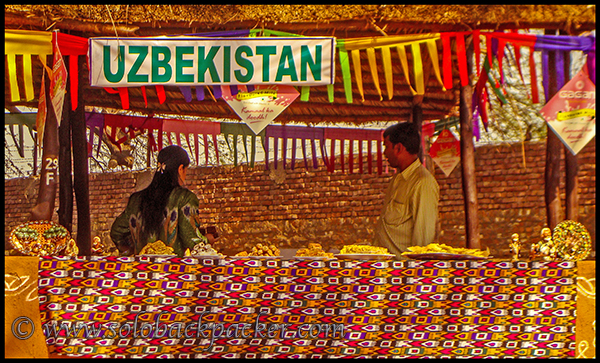
On reaching the mela site, our first attention went to the giant wheels and other rides that were looming large against skies. Many people were enjoying these rides, but since Nidhi was not feeling well, we went further in the mela ground. Follow the labyrinthine pathways winding up and down, we found ourself losing, partly in the milling crowd and partly to the colour and festivities of the mela. We saw a large gathering and went there. That was a stage where various artists were performing their folk dances and showcasing their culture and traditions.
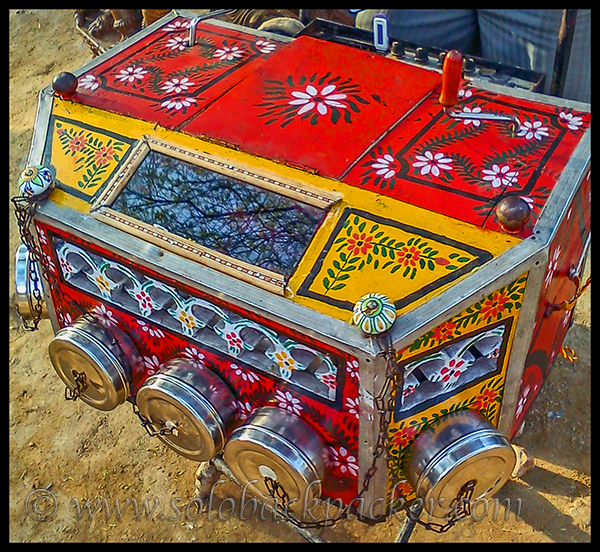
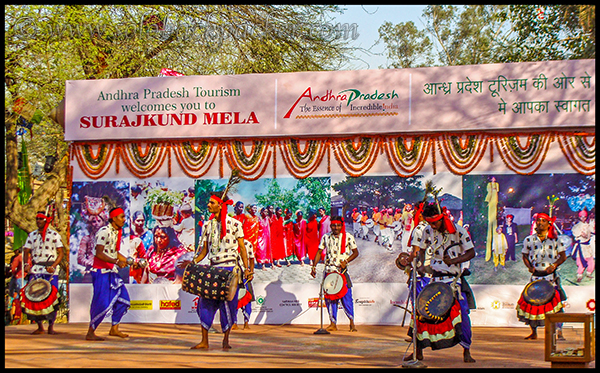
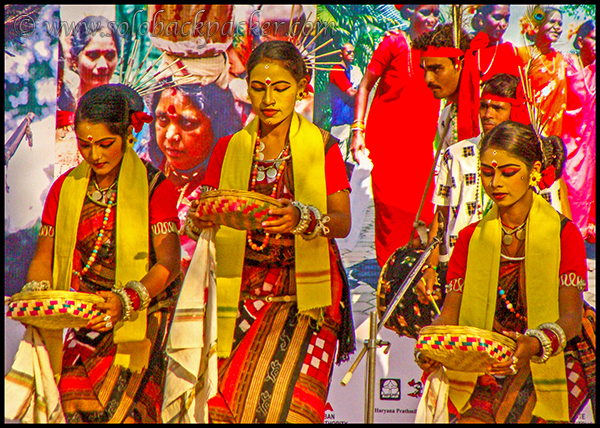
After enjoying that dance performance, we passed through numerous shops of pottery/terracotta,Woodwork, metalwork, papier-mache, weaving, embroidery, sculpture, and bamboo and cane craft, those are all featured at the Mela. The people were bargaining at every shop and everybody wanted to buy everything. It’s like you can shop till you drop.
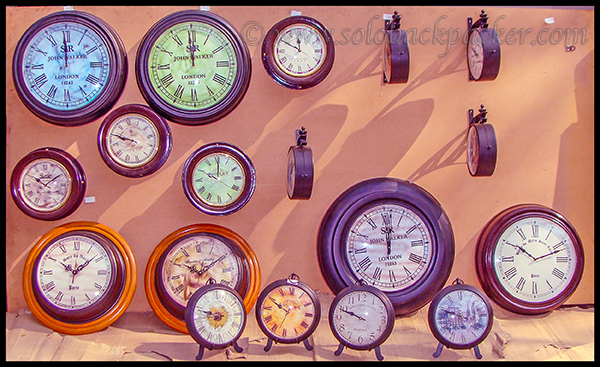
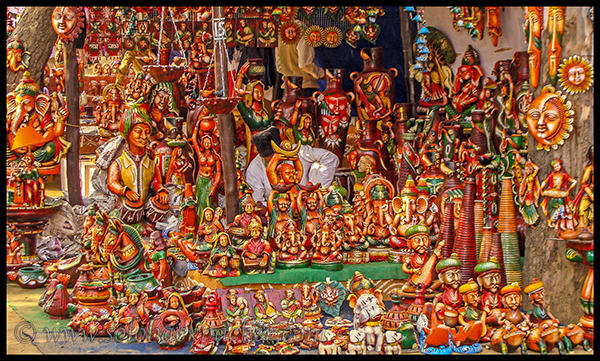
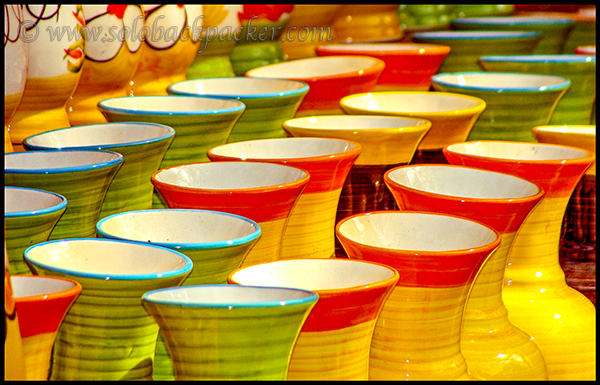
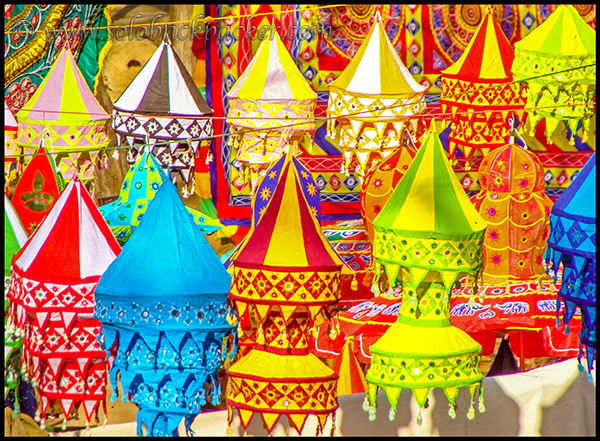
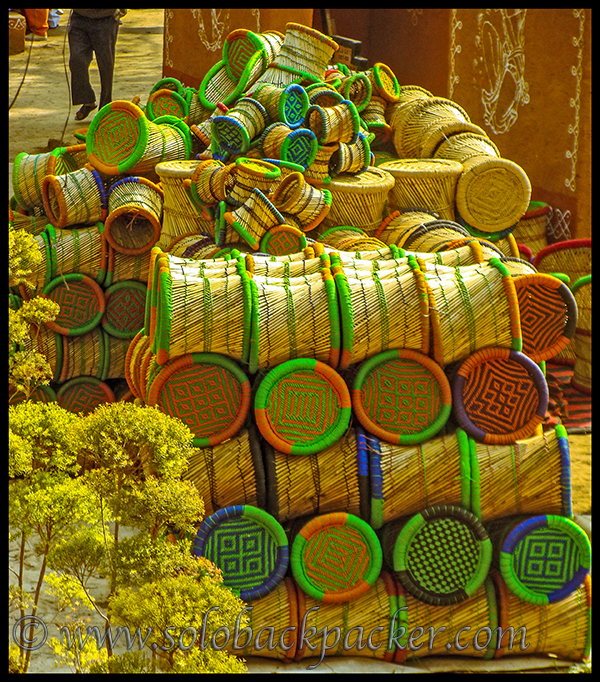
If shopping is not a choice, there’s a lot more the mela offers in terms of theatre, folk dances and musical evenings. Inside the Mela site, there were lot of folk artists performing at different places and at every place a large crowd were participating in the dances etc to enjoy the every bit of the fair.
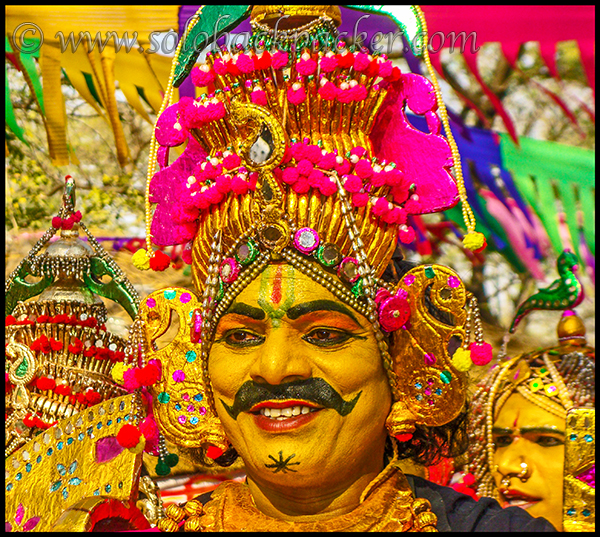
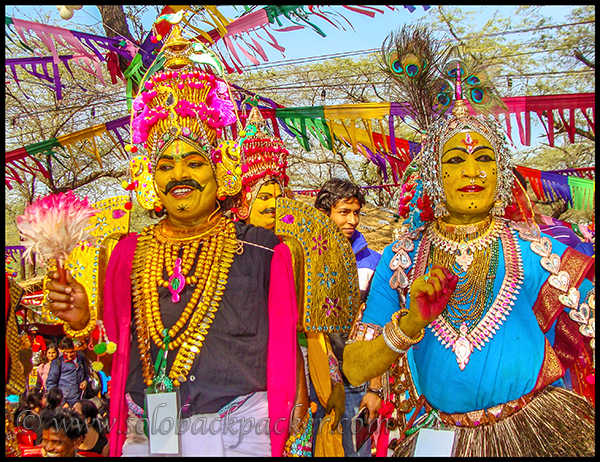
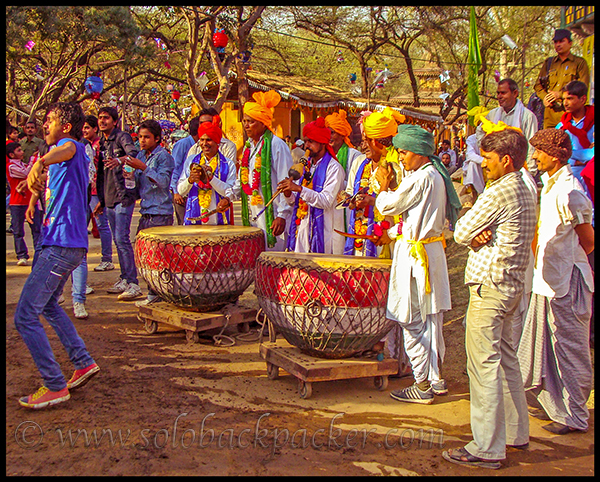
While wondering through the every corner of fair, we reached to the food court and suddenly we felt the hunger for delicious foods. There were everything from Hyderabadi biryani, ethnic Punjabi cuisine, spicy Rajasthani food to the food from Uzbekistan. Some of the popular food traditions arrive from all over to tickle the palate. From rajmah-chawal and kadi-chawal, which seemed the hot favourites, to momos and chowmein, the food choices were endless.
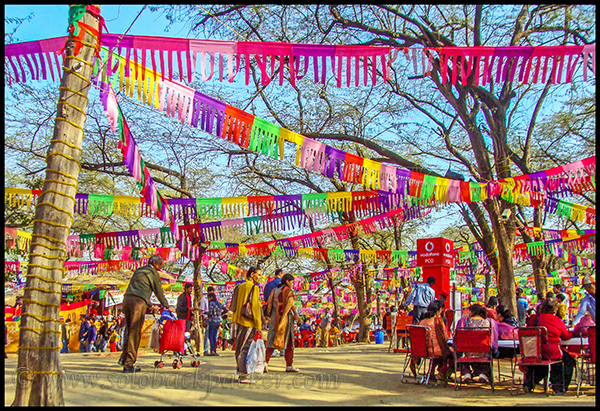
After a day of fun, food, frolic and shopping at one go, as the sun goes down in the distance, the sound of music and drums begins to peter off as the curtain falls for the day. We left the place believing that the magic of each craft is hidden in the fingers of the craftsmen. Their joy in creating a masterpiece, and skill in perfecting the ancient rhythms of rural existence is spellbinding.


